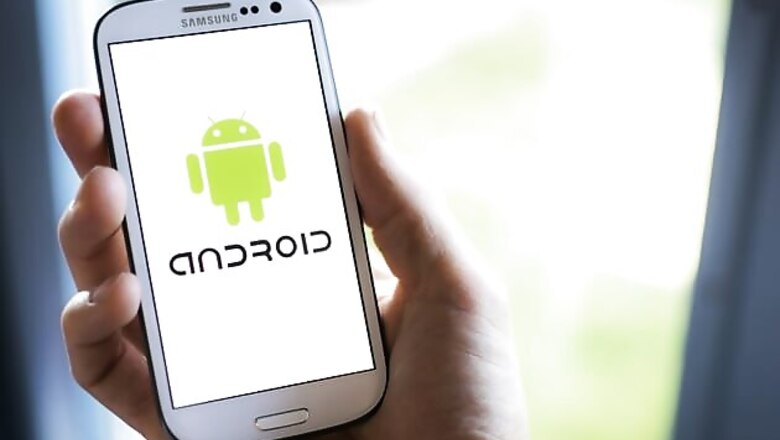
views
New Delhi: Latest data collected by Google has revealed that less than one per cent of Android devices have been affected by harmful app installations, including app downloads outside the official Google Play store, last year.
The data was collected through a feature called Verify Apps which checks locally installed apps for potentially harmful behaviour, irrespective of their source of download.
Google found that the number of devices scanned by Verify Apps has increased steadily since the feature was first introduced in 2012, reaching over 200 million devices per day in November 2014, a report on IT World notes.
Since March 2014, the app is capable of performing background scans for generic PHA (Potentially Harmful Application), malicious rooting apps, ransomware, SMS fraud, backdoor, spyware, trojan, harmful site, windows threat, nonandroid threat, WAP fraud, and call fraud. Prior to October last year, Verify Apps did not differentiate between official Play Store apps and other third-party app stores or sideloading, which in turn upped the risk of malware infection in devices.
Google said that in October, approximately 0.25 per cent of devices had a non-malicious Rooting application installed. During mid-October and November 1, potentially harmful applications (excluding non-malicious rooting applications) were detected on 0.7 per cent of devices with sideloaded apps and on under 0.1 per cent of devices that only had apps from Google Play installed.
The app doesn't track the physical location of devices, but tracks the language (locale) configured on them. Google said that devices with the Russian locale that allowed sideloading were more likely to have a potentially harmful application installed than devices with other locales. 3 to 4 per cent of Russian devices had a PHA installed, while ironically only 0.8 per cent of Chinese devices posed similar threat, where Google Play is not even available.
However, devices with Chinese locale topped when it came to rooting apps with a rate of around 8 per cent. Google said that Chinese devices were more likely to have a non-malicious rooting app than any other region or type of PHA.
It was also noted that 0.4 per cent of devices that allowed sideloading and were configured with the US English locale had a PHA installed, 0.2 percent under the worldwide average.
Google further noted that if Russia is excluded, the worldwide rate of PHA installations from outside Google Play has come down by almost half between the first quarter and the second quarter of 2014.




















Comments
0 comment